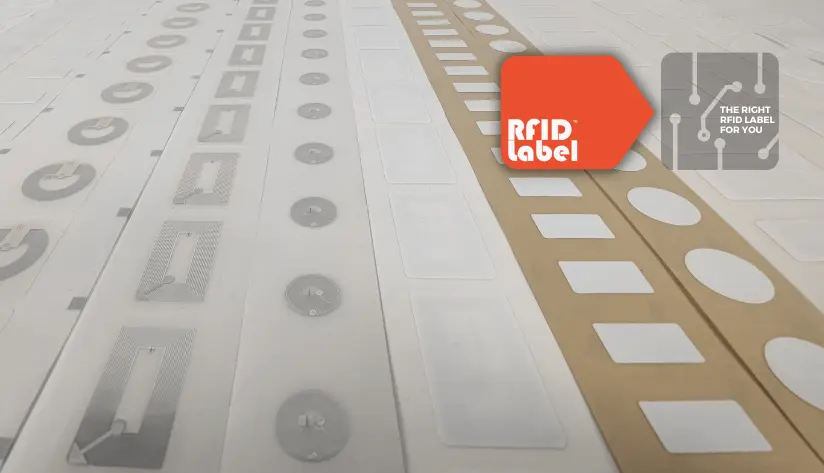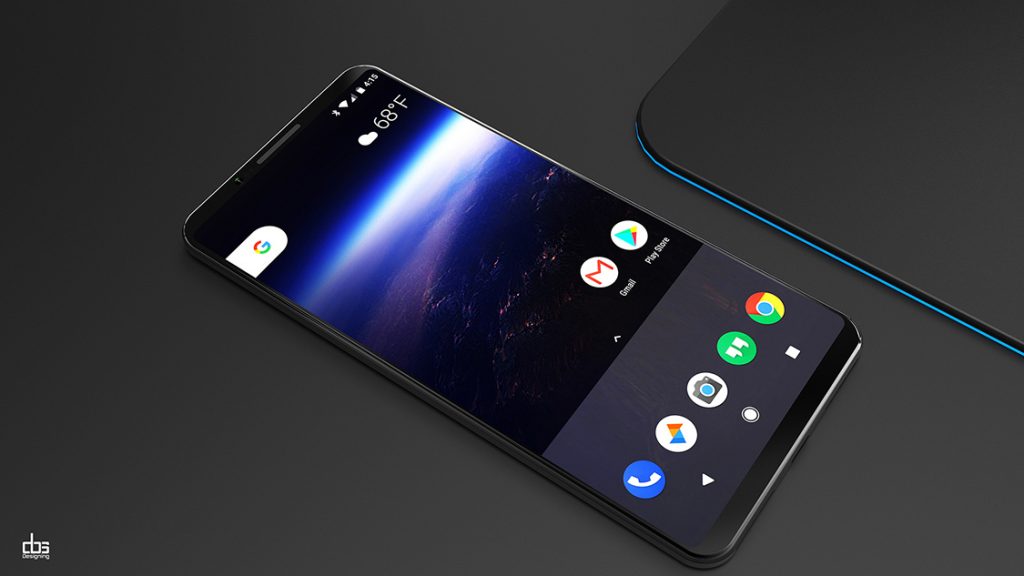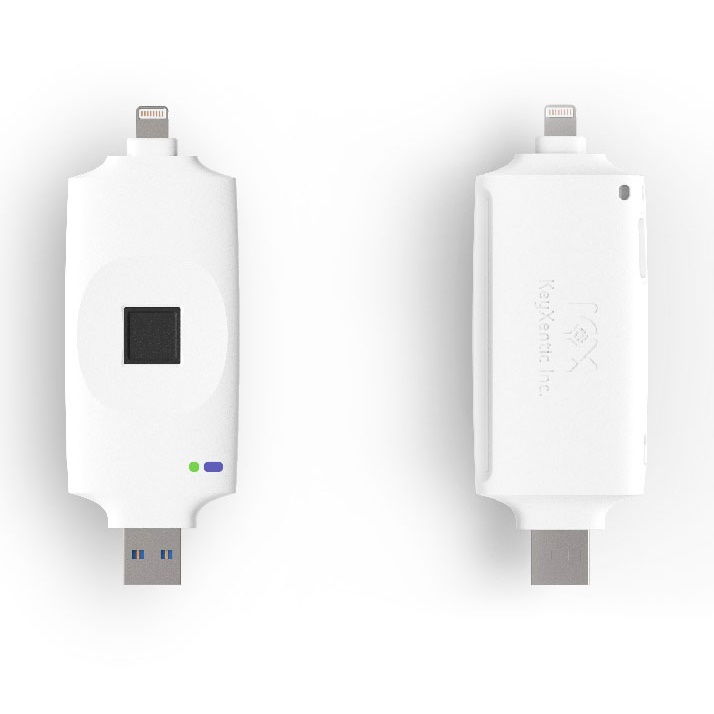RFID is similar to barcoding in that data from a tag or label are captured by a device that stores the data in a database. RFID, however, has several advantages over systems that use barcode technology.
RFID vs. Barcoding
RFID tags possess read/write capabilities and are not required to be within line of sight of the reader. This allows for automated tracking as items can be read at a distance.

Barcode labels must generally be within one inch of the scanner to be read. Additionally, RFID tags can store more information than barcodes because they have a larger memory capacity (up to 2 kilobytes).
The most common and original type of barcode is made up of parallel black bars and white spaces of varying widths. The code can be read by a scanner (a special laser) that will convert it into binary data.
The most common type of barcode in use today is the UPC (Universal Product Code), which is used to identify products at retail stores.
Radio-Frequency Identification (RFID) or RFID Label uses radio waves to recognize people or objects. Unlike a barcode, which can only function if a scanner is within direct line of sight of the code, RFID chips have a much longer read range: 10 feet or more in some cases. In addition to barcodes, RFID chips can also store more other information because they are essentially tiny computers with their own memory.
Originally barcodes were designed to be printed on labels and scanned at the point of sale (POS) using laser scanners.
Barcodes can only carry a limited amount of data and are prone to errors. RFID tags do not have these limitations. Barcode systems require a line of sight between the scanner and the label. RFID tags can be read without needing a line of sight between the reader and tag.

I’m Aurelia Brown! I blog about tech, how to use it, and what you should know. I love spending time with my family and sharing stories of the day with them.













